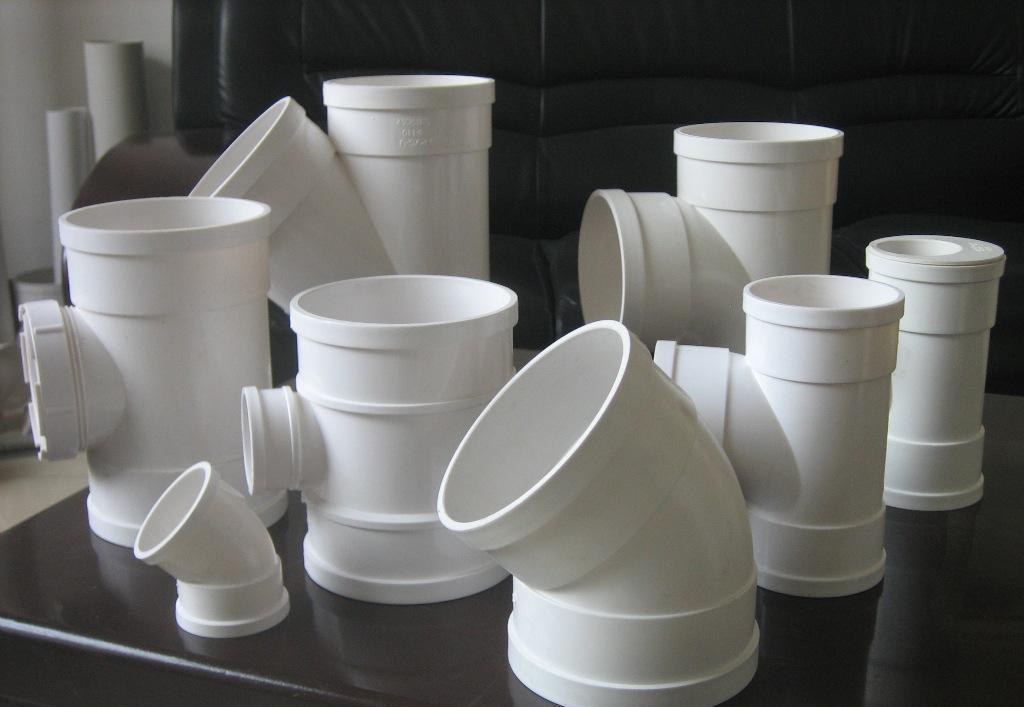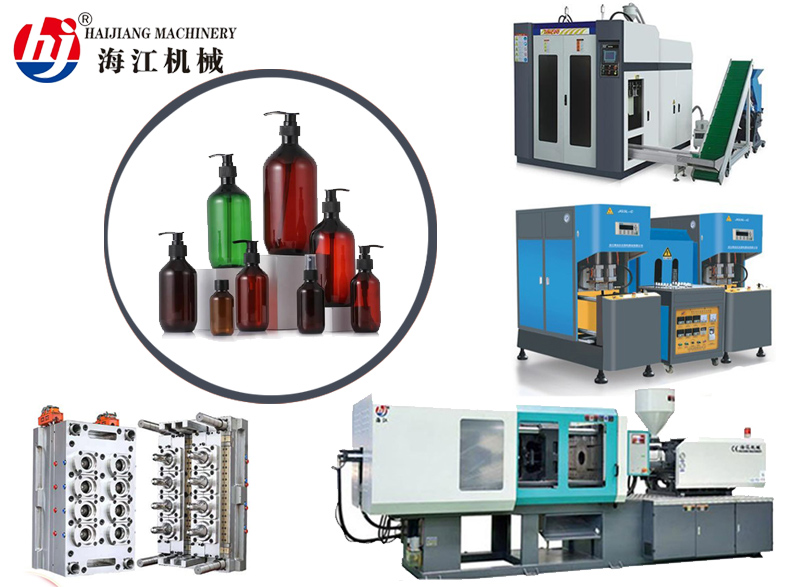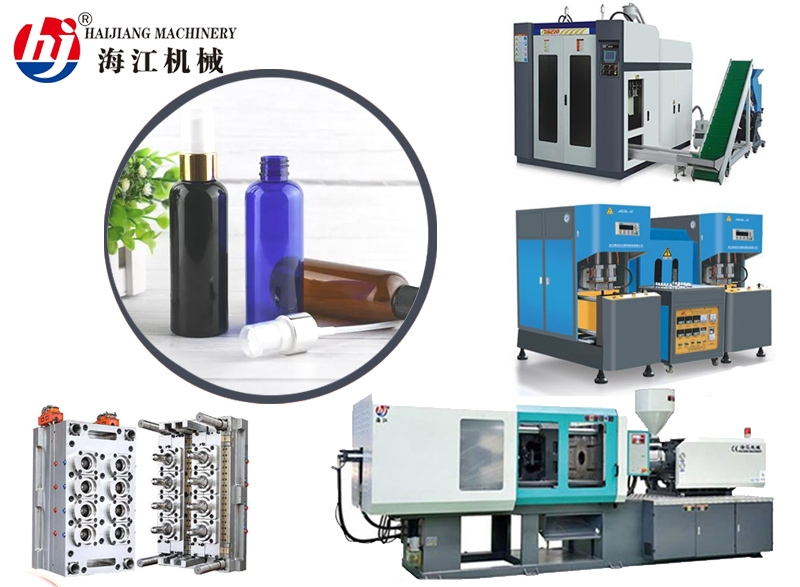PVC (polyvinyl chloride) pipe fittings are used to connect PVC pipes together in various plumbing and piping systems. PVC is a type of plastic that is widely used in the construction, automotive, and medical industries, among others. It is known for its durability, strength, and resistance to chemicals.

PVC pipe fittings come in a variety of shapes and sizes, including elbows, tees, couplings, and adapters. They are used to connect PVC pipes at different angles, to change the direction of flow, or to connect pipes of different sizes.
PVC pipe fittings are typically made from PVC resin, which is a type of plastic that is melted down and molded into the desired shape. They are available in a range of sizes and pressure ratings to suit different applications.
Overall, PVC pipe fittings are an essential component of many plumbing and piping systems, and they are used in a wide range of industries and applications. They offer a durable, cost-effective, and corrosion-resistant solution for connecting PVC pipes.
PVC (polyvinyl chloride) pipe fittings are typically made through a process called injection molding. Here's an overview of the steps involved in the production of PVC pipe fittings:
Raw material preparation: PVC resin is shipped to the manufacturing facility in the form of small beads. These beads are then melted down and prepared for the injection molding process.
Injection molding: The molten PVC is injected into a mold in the shape of the desired pipe fitting. The mold is cooled to solidify the PVC, and the finished fitting is removed from the mold.
Trimming: Any excess plastic is trimmed off the fitting, and any necessary machining or finishing is performed.
Inspection and packing: The finished fittings are inspected for defects and then packaged for distribution.
Overall, the process of making PVC pipe fittings is highly automated, with much of the work being done by machines. However, human workers are still involved in tasks such as setting up the equipment, monitoring the production process, and performing quality control checks.





